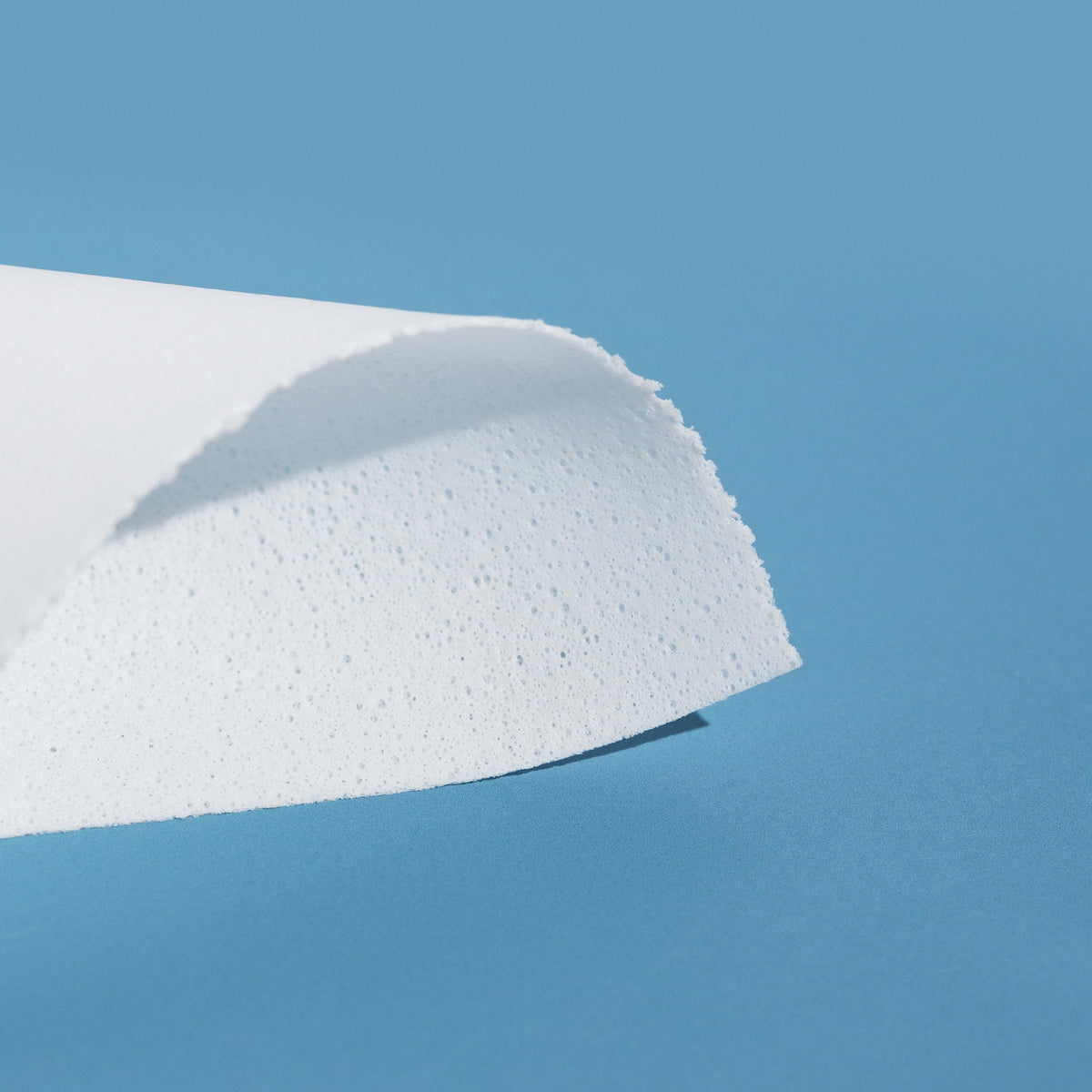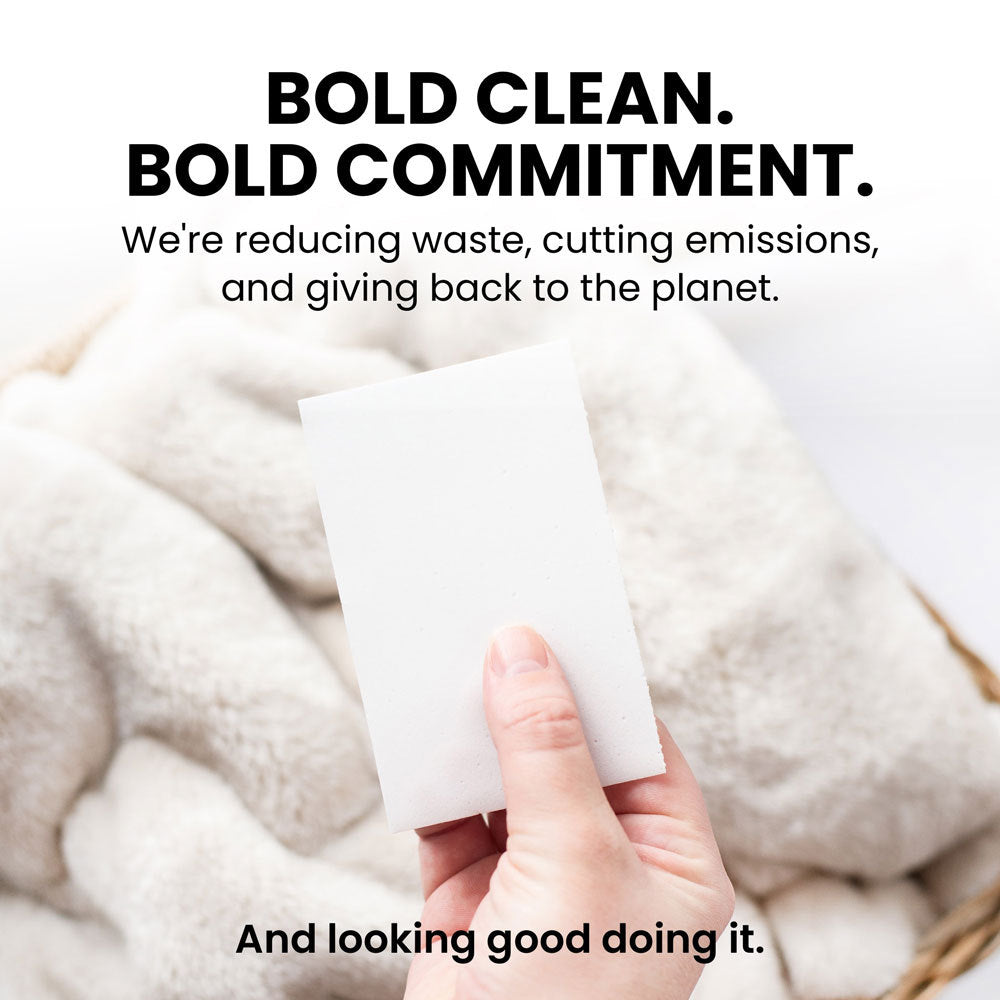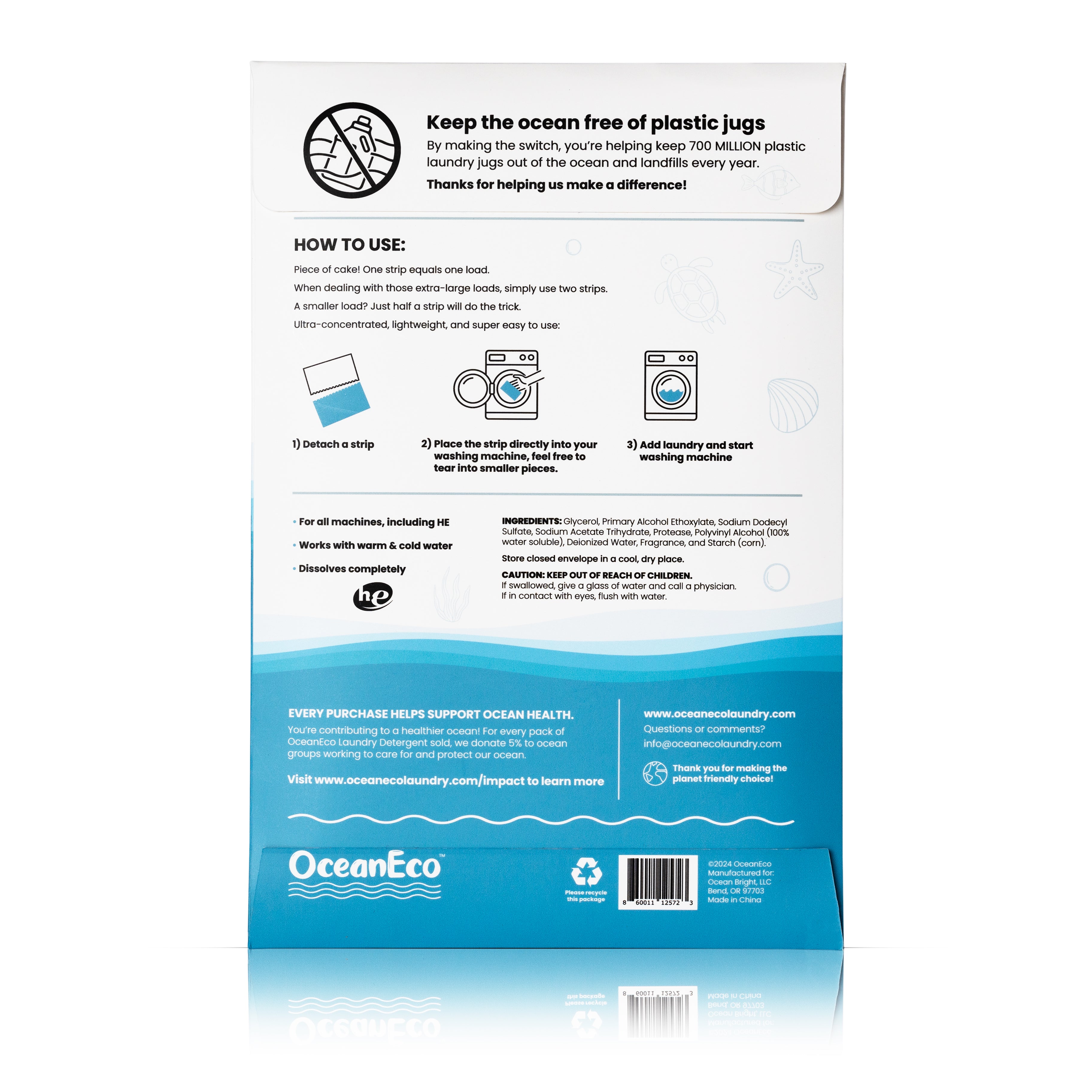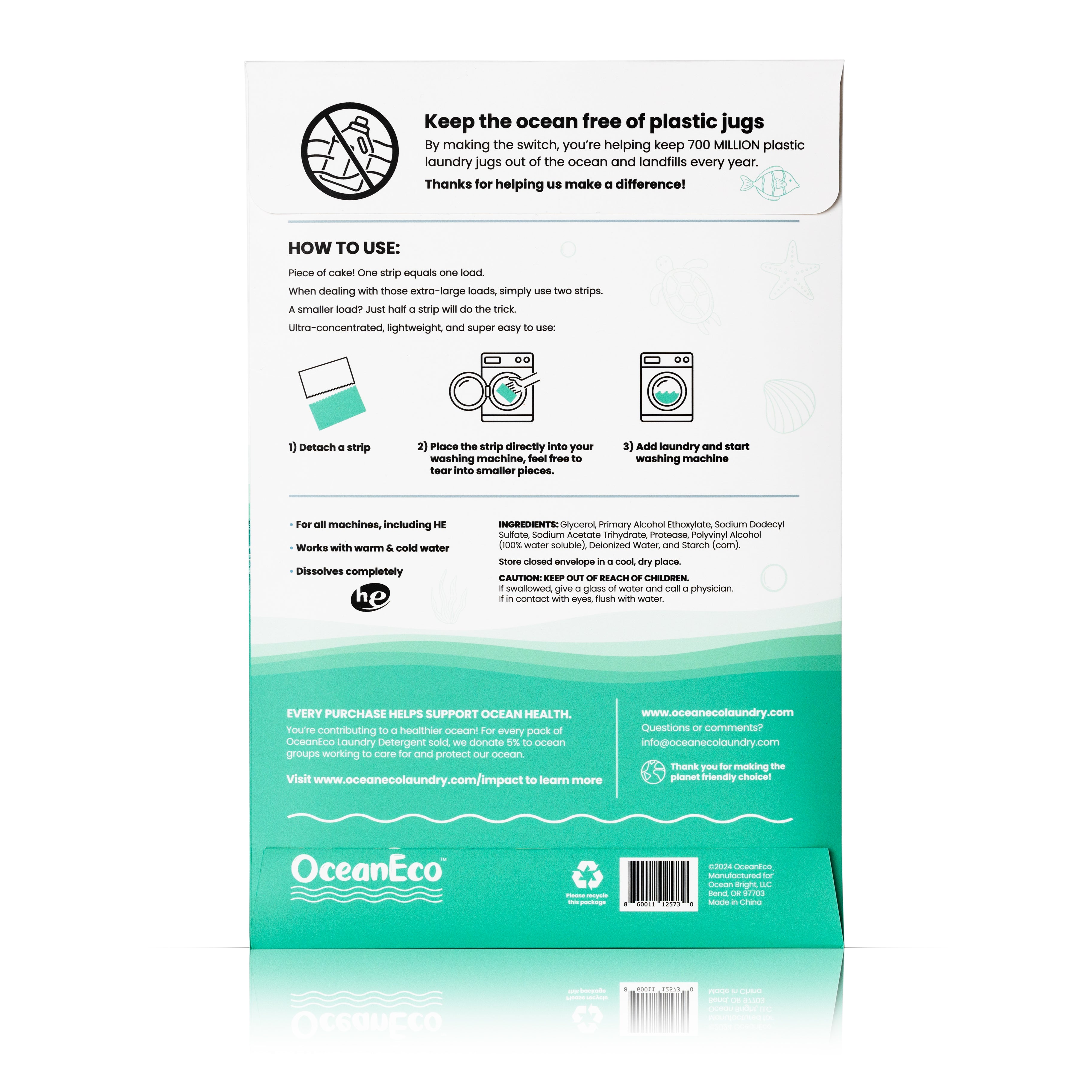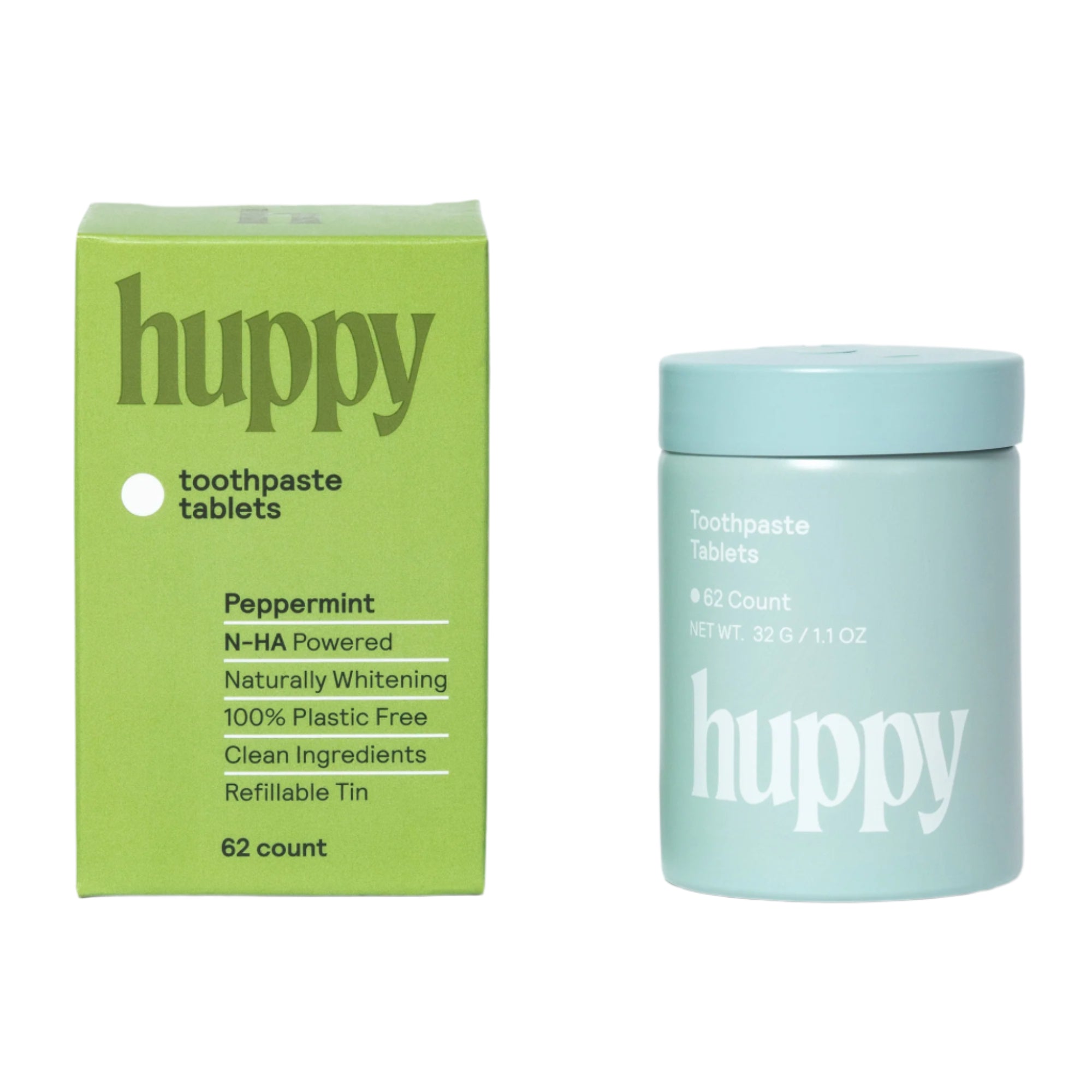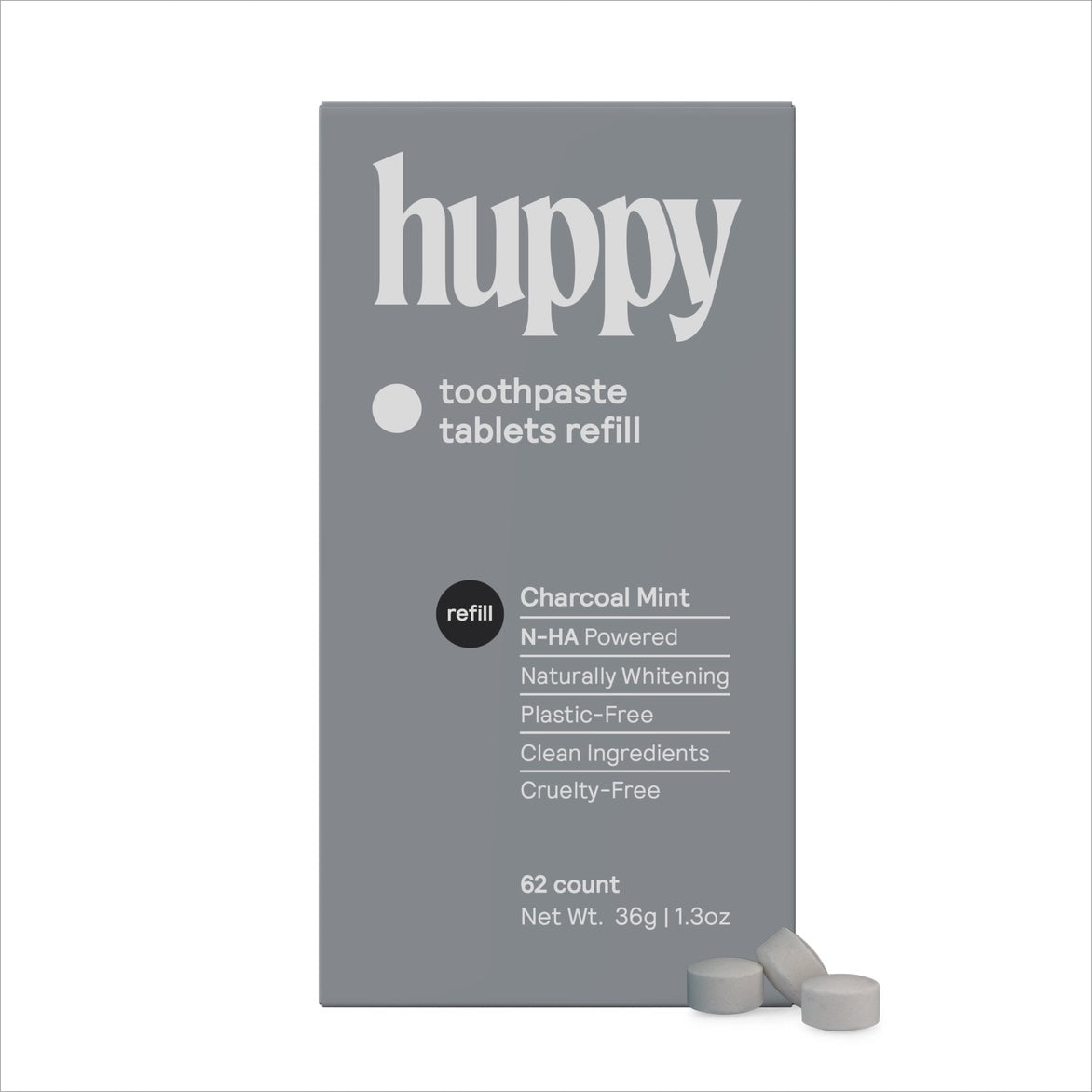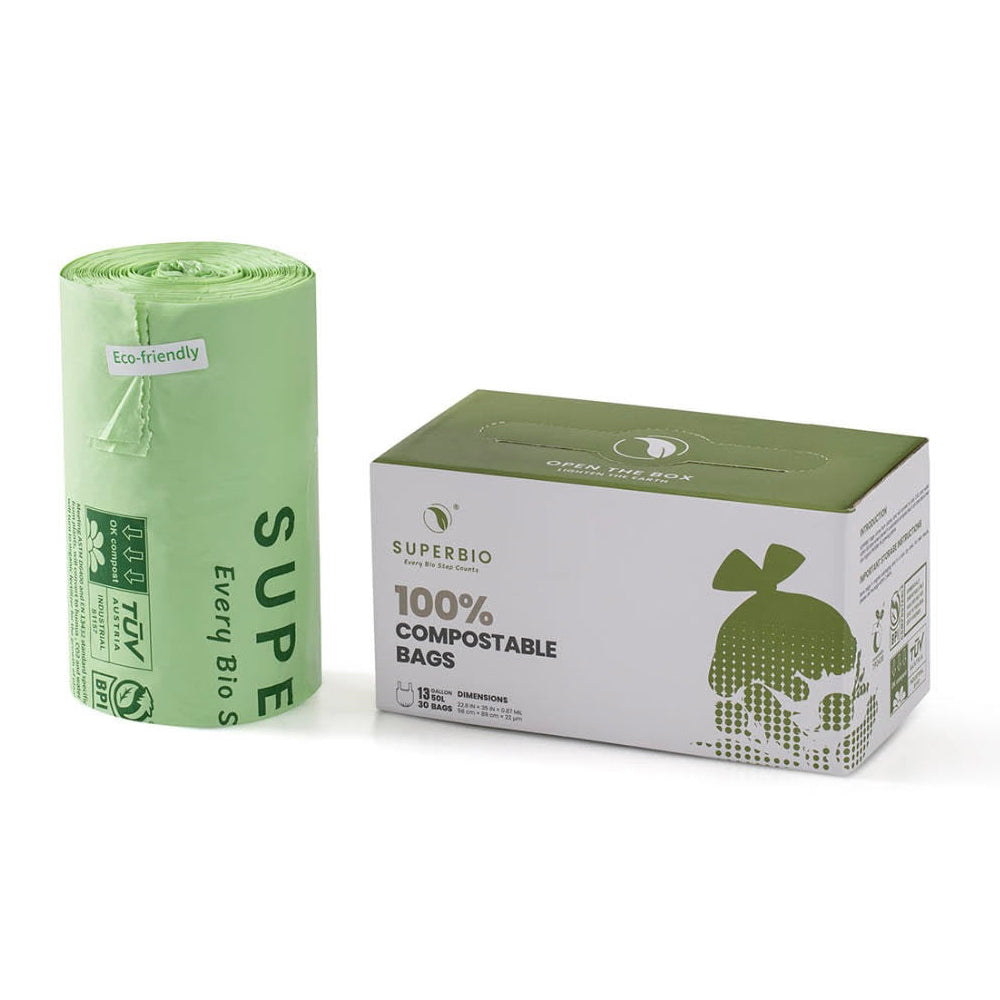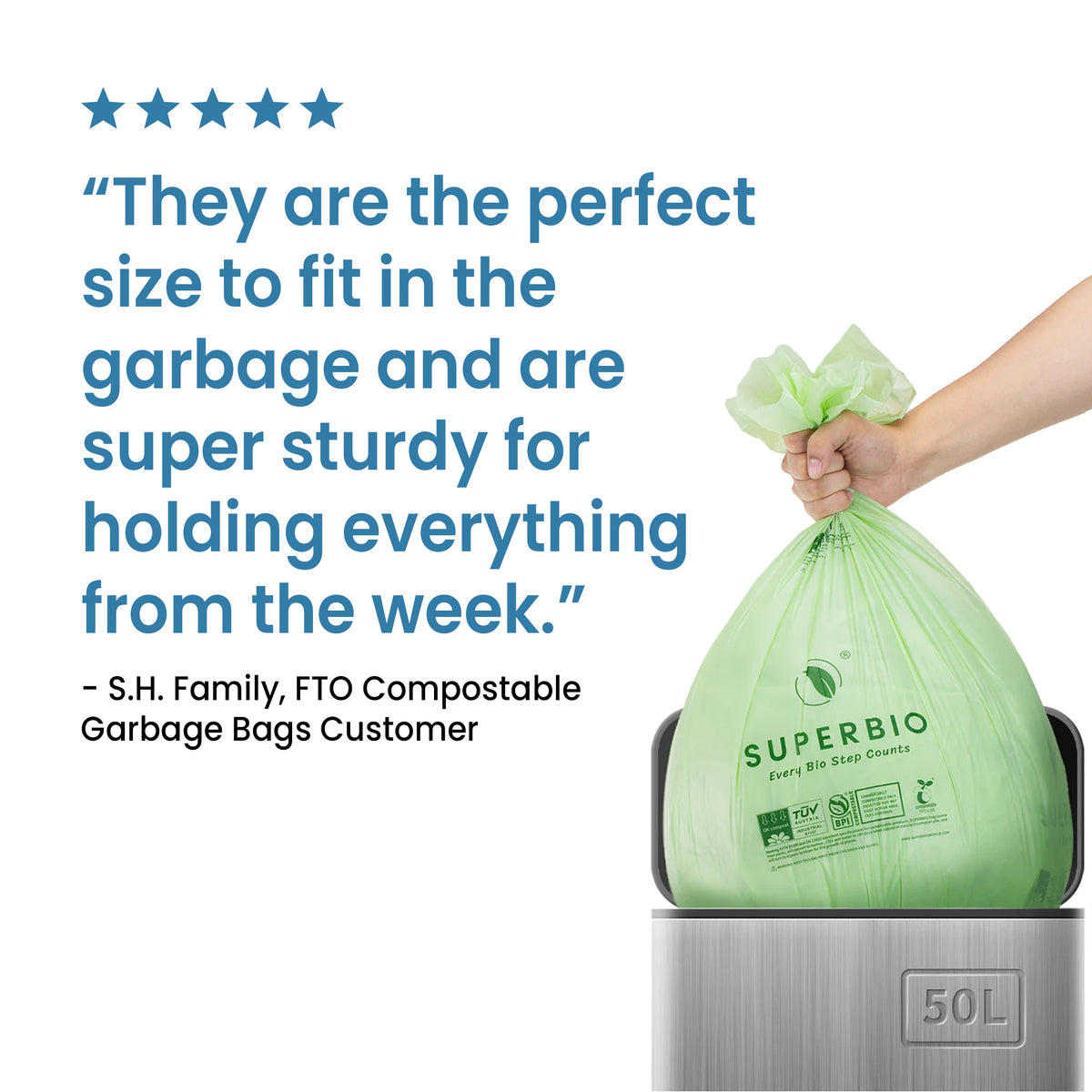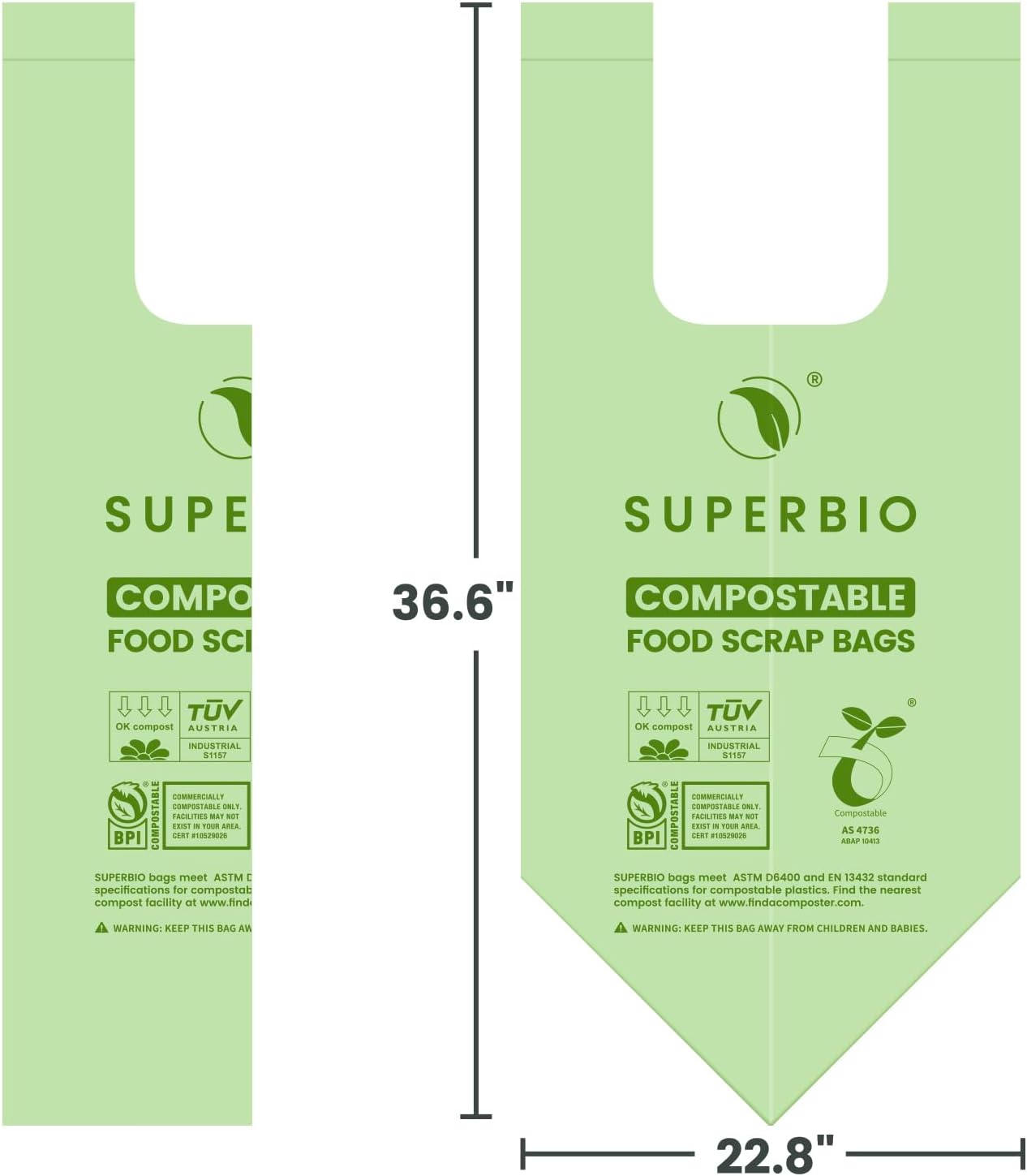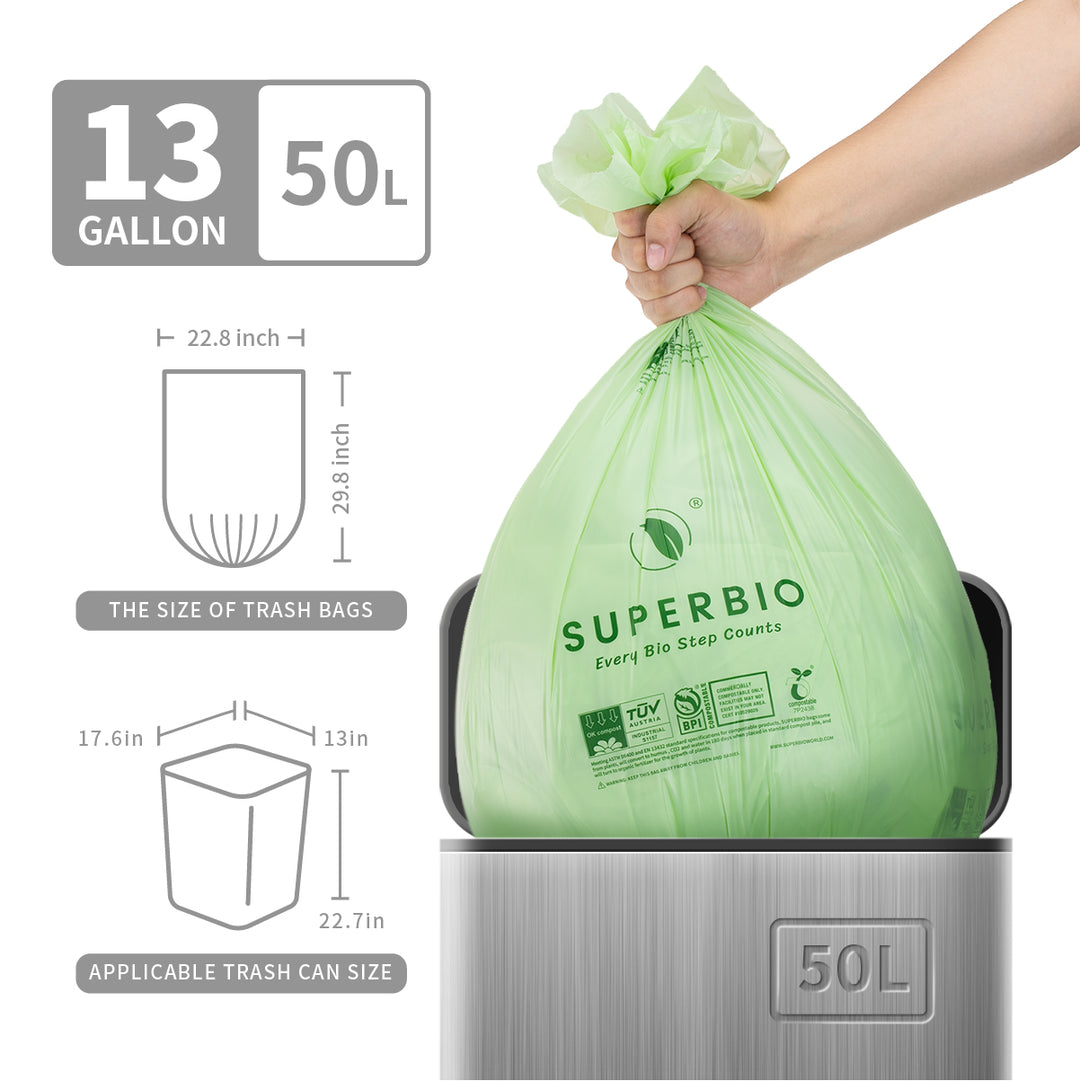Recyclable EcoHelmet Turns Trash Into Life-Saving Innovation
A bike helmet that folds like party décor and pops open to save your skull sounds like fantasy. EcoHelmet makes it real. It’s a recyclable, collapsible headguard made from layered paper, designed by industrial designer Isis Shiffer and crowned with the James Dyson Award for its promise to make city cycling safer and greener, Smithsonian reports.
The concept is simple. The implications aren’t.

Photo: YouTube / James Dyson Foundation
The EcoHelmet is made from recycled paper and folds flat for easy carrying.
How the Honeycomb Works
EcoHelmet’s secret is a radial honeycomb that spreads force in every direction, so a hit from the front, side, or rear is absorbed and dispersed before it reaches your head, Smithsonian notes.
Paper isn’t a gimmick here. The structure keeps its shape during use, then compresses flat when you’re done. A biodegradable coating shields it in the rain for up to three hours, according to Dezeen. Think sturdy, not soggy.
Built for Bike-Share Life
Most bike-share docks don’t offer helmets. EcoHelmet targets that gap with pocket-size portability and low cost. The plan is impulse-friendly access: vending machines at stations and a price around £4, The Guardian explains.
Buy it, unfold it, clip the strap, ride. That quick yes could put protection on many more heads, as bike-share use grows.

Photo: YouTube / James Dyson Foundation
Its honeycomb structure distributes impact evenly from any direction.
Passing the Test
Good looks weren’t enough. Shiffer hauled prototypes to a crash lab at Imperial College London, where testing showed the configuration could meet European impact expectations and pass EN1078 safety standards, Dezeen reports.
The broader context matters. Helmets manage impacts, distribute force, and protect the scalp. They won’t fix every crash scenario, but they downgrade trauma; what matters is meeting recognized standards like EN1078 in Europe or CPSC in the U.S., The Guardian explains.
Design Decisions, Real-World Limits
Early versions looked like pineapples. The final three-block form nods to classic leather lids from the 1970s while staying compact and cheap to make, Dezeen reports. The design’s durability has guardrails, as well. Paper handles impact and flex well, but abrasion is its foe, so Shiffer has explored an end-of-life indicator to show when it’s time to recycle.

Photo: YouTube / James Dyson Foundation
It won the international James Dyson Award for design innovation.
Why It Matters for the Planet
Most helmets rely on plastics and expanded polystyrene. EcoHelmet swaps in recycled paper and a biodegradable coating to minimize waste, Dezeen notes. If it scales across bike-share networks, that could mean millions of safer rides with fewer plastic shells headed to landfills—an appealing shift for cities trying to cut trash and for readers who care about oceans where plastic too often ends up, a problem the project set out to avoid. And with vending-machine convenience and a pocket fit, the barrier to wearing one shrinks even further, NBC News adds.
What Comes Next
The Dyson win fuels tooling and manufacturing to produce the radial honeycomb at scale and keep the price low for mass adoption, Dezeen reports. A helmet you can stash, buy on the fly, and recycle after use could make city cycling safer—and cleaner.



































































































































































































